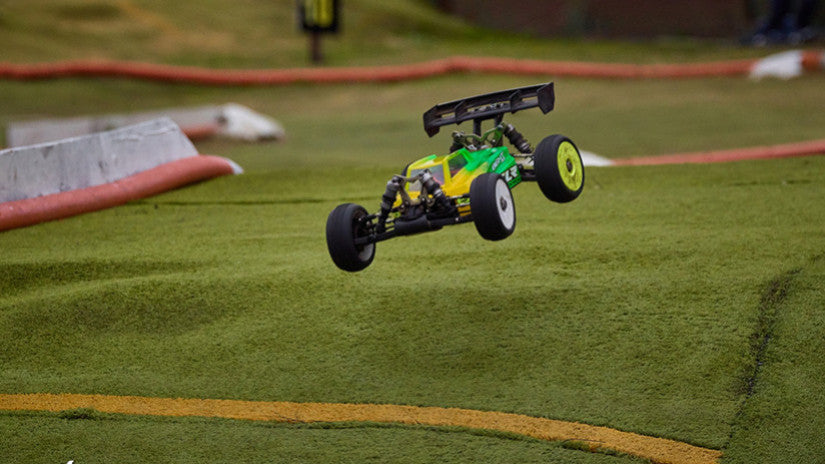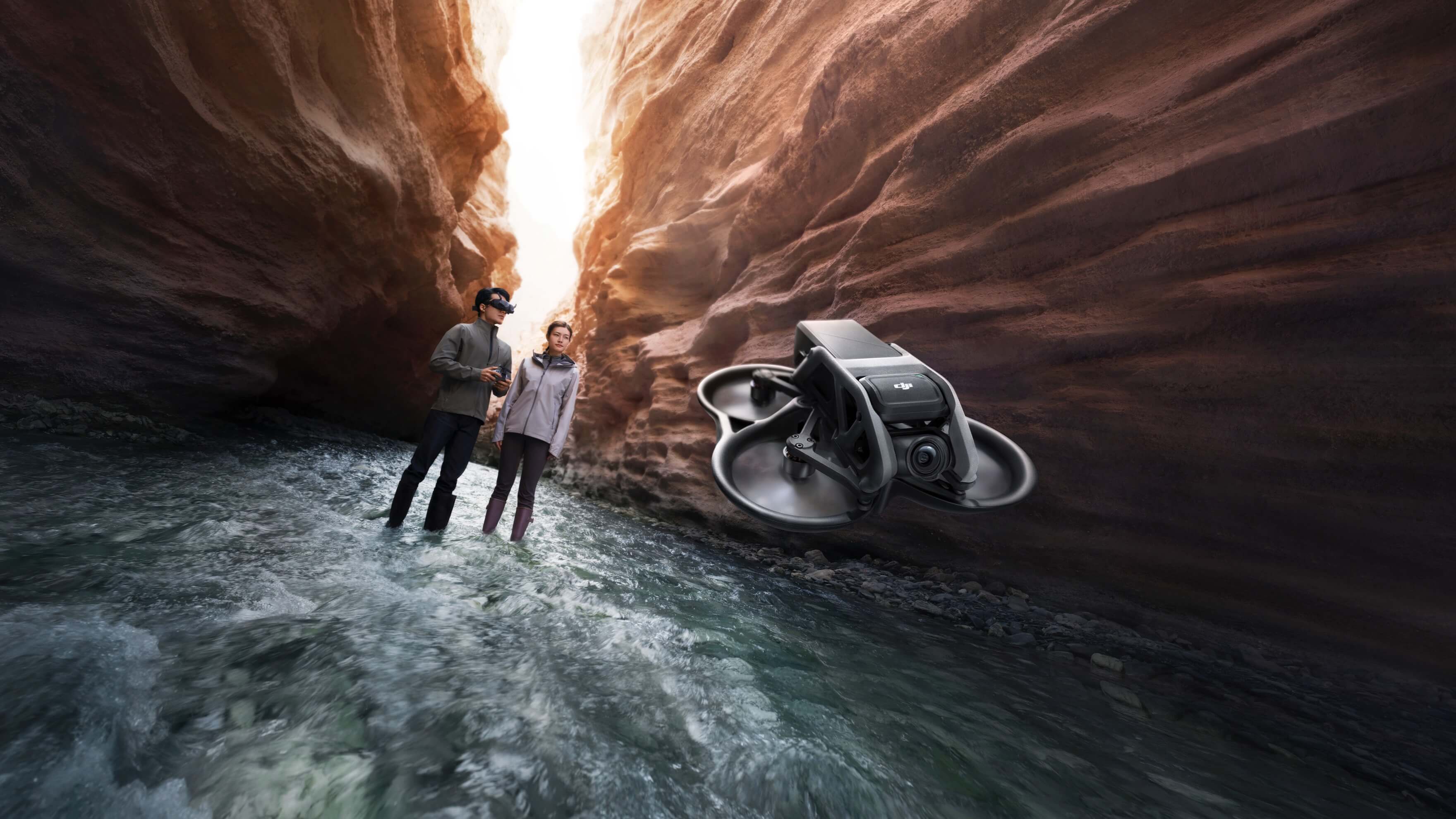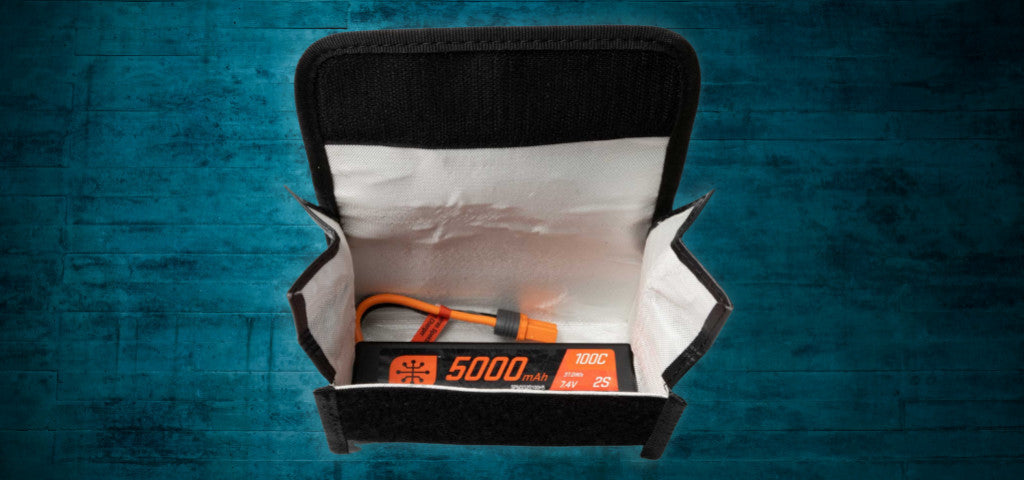It is often said that races are won or lost in the pits, and this also applies to RC racing. Good preparation does not automatically guarantee victory, but it will enable your car to perform at its best in every race. Keep in mind that much of this preparation does not take place on the track, but on your workbench at home. Here are our tips for preparing your vehicle for racing.
Clean your car thoroughly
After a day of racing, your car is often covered in dirt, which can hide certain faults. A thorough cleaning will give you a clear view of your vehicle's mechanics.
After removing the tires and bodywork, spray your vehicle with a cleaner and leave it to work for a few minutes to dissolve dirt, oil, or grease. Use a compressor or cloth to dry the car, then apply a light coat of a finishing product to reduce dirt adhesion. Be careful not to spray any product on electronic parts, which should only be cleaned with a brush and cloth.
Fasteners
Before each race, it is important to check your vehicle's fasteners to ensure that all screws, nuts, and e-clips (if any) are not loose or missing. Screws fixed in plastic parts can be secured with a little glue. You don't need a screwdriver to check the screws: if they are not half unscrewed or simply missing, then there is a good chance that they are secure. Don't forget to check your wheel nuts!
Suspension
Vehicles can sometimes collide with other vehicles or the roadside, damaging your suspension. Damaged suspension directly affects your car's performance, so you need to check that it is working properly.
To do this, remove the front and rear shock absorbers, lift each suspension arm and let it drop. If the arm drops normally, everything is fine, but if it remains suspended in the air, there is a problem. In the latter case, check that the hinges and bases are not damaged. It is sometimes difficult to check that the hinge pin is not bent. One technique is to remove it and roll it on a flat, smooth surface. If it rolls smoothly, then it is not damaged.
gears
Even if you have installed specific protection on the gears, dust and small debris can get inside and cause damage to the sprockets. Turn the sprockets to check their condition. wear, if there are any broken teeth, or if small stones have become embedded in the gears. A Gear is not very expensive, so don't hesitate to replace them if you encounter any of these problems.Also take a moment to checkthe meshing between the sprockets. A motor that is not tight enough can change speed during the race. There should be just a little play between the gears.
Shock absorbers
Take advantage of your suspension inspection to check your shock absorbers. Compress the shock absorber; if you feel resistance, then you must have a bent shock absorber shaft and it will need to be replaced. Any roughness during compression means that the O-rings are damaged and need to be replaced. You can also check the oil level.
Differential and slipper
You can quickly check the slipper by holding the tires and pressing the accelerator. The front of the vehicle should lift about 1 inch. If the front lifts more than 1 inch, your slipper may be too tight; if the front does not lift much, the slipper may be too loose.
While holding the Gear, spin the tire to feel if there are any rough spots in the movement. If there are, it is a sign that the differential is too loose and is slipping. It will then need to be rebuilt. If the movement is smooth, it is ready to race.
Tires
Check the tread of your tires for damage or wear and replace them if necessary. Take the time to checkthe adhesion between the tire and the rim. Grasp the rim and try to pull the tire away from it. If the tire comes off, you will need to clean the dirt from that area and add glue.
Bearings
To check the bearings, move the Gear away from the right gear and activate the transmission by turning the tires. If they turn freely, then your bearings are fine; if they stop immediately, then a bearing is locked somewhere. It may take some time to find the bad bearing, but if you start with the hubs ( where the bearings see the most dirt), you will probably find the problem fairly quickly.
Electrical wires
In most cases, your vehicle's electrical wires are protected from the elements, but sometimes they can rub against the transmission, suspension, or other moving parts. This rubbing can damage the insulation sheath on the wires and even cause a short circuit. Inspect all wires to make sure the insulation sheath is completely intact. Also, examine the solder joints to make sure the wires remain properly connected. Don't forget to check the sensor wires on your engine brushless (if you use one) car as they can break at the connector.




